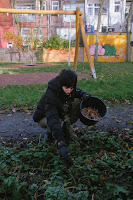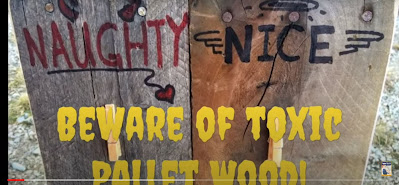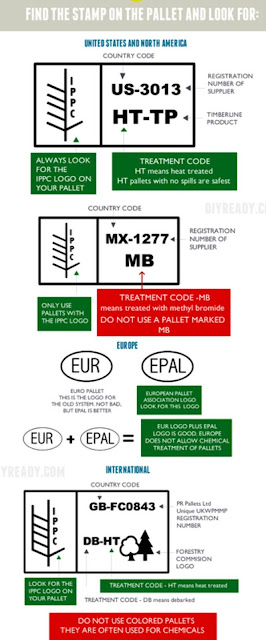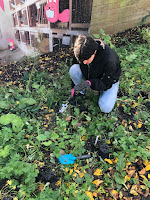A few days ago, Stefanie, came to visit us at Shared Grounds as the project was keen to her bachelor research project at the WdKA. We had some coffee in the terrace and introduced her to the endemic plants that are still hanging out in the terrace waiting to be introduced into their new L shaped garden container.
Later on, we went to shared grounds for her to get to know our nettles. It was an interesting conversation since her foraging was heavily influenced by Robin Wall Kimmerer's ethics/rituals when taking from the land and find ourselves struggling with nightshades and nettles overtaking the plot and not allowing the other species to grow. I (Guillem) apologised to her, if in any case, the fact that I was pulling out nettles while we talked was bothering or upseting her. Foraging and gardening and their intricacies entaglements and contradictions, care is but diverse.
Stefanie's design project focuses on the use of nettle's fibers for textile making. She was very generous to share and teach my inicially unsecure hands the technique to get the fibers from the nettles... first, get the shoots with the longest stems... then, lie them on the floor and jump on top of them and then... walk on ki, one step after another, without leaving space between feet, following its way from the ground to the sky... and then strip away the leaves in one fast swift motion from buttom to top, without getting stung!... and then split the stem with the thumbnail... flatten... and snap! and then you pull the fibers trying to get them as looong as possible.Then, only one more step, let them dry!
Thanks Stefanie for the visit, we hope to see you soon and best of luck with your amazing project!


.jpeg)
.jpeg)
















































